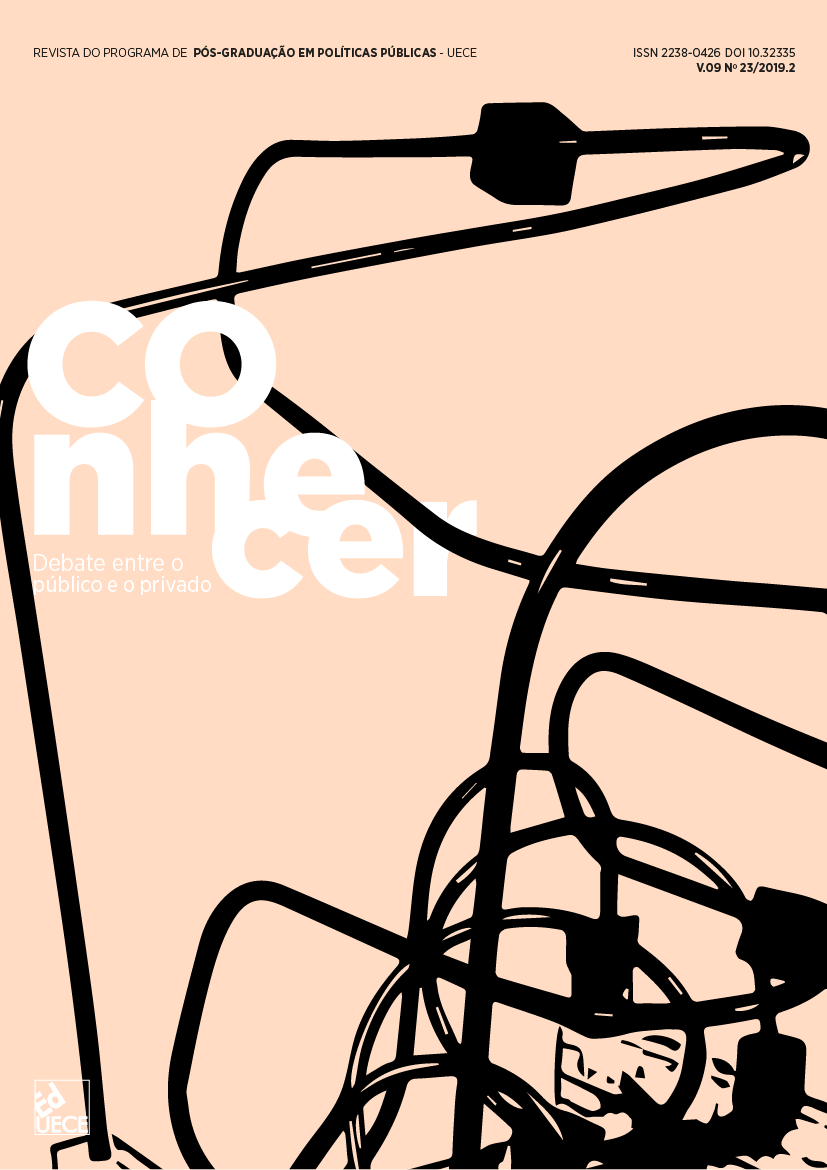Estética da resistência:
arte sentipensante e educação na práxis política indígena e camponesa latino-americana
DOI:
https://doi.org/10.32335/2238-0426.2019.9.23.1144Palavras-chave:
arte sentipensante, estética, movimentos indígenas e camponeses, movimento dos trabalhadores rurais sem terra, zapatismoResumo
Este artigo tece reflexões sobre a articulação entre arte, educação e formação humana no âmbito da práxis política dos movimentos camponeses e indígenas latino-americanos. Para tanto, argumenta-se que a concepção de arte tecida por esses sujeitos políticos emerge de uma apreensão do coração como núcleo epistêmico e ontológico de seus sentimentos, de seu pensamento e de sua ação política – uma arte sentipensante – que demarca outro paradigma de pensamento e de construção de conhecimento. Nesse sentido, apresento algumas expressões da estética da resistência na arte sentipensante do Movimento dos Trabalhadores Rurais Sem Terra (MST) e do Movimento Zapatista, com destaque para os princípios que fundamentam a dimensão educativa e política da arte na luta em defesa da terra, do território e de um projeto emancipatório. Na história latino-americana e caribenha, a arte sentipensante alimentou os sonhos de liberdade, emancipação e justiça – e, nos momentos de recrudescimento da luta de classes, clamou-se por não se perder a ternura jamais, nas palavras de Che Guevara.
Downloads
Downloads
Publicado
Como Citar
Edição
Seção
Licença
Autores que publicam nesta revista concordam com os seguintes termos:
Autores mantém os direitos autorais e concedem à revista o direito de primeira publicação, com o trabalho simultaneamente licenciado sob a Licença Creative Commons Attribution que permite o compartilhamento do trabalho com reconhecimento da autoria e publicação inicial nesta revista.




